Last week, I wrote about the magic that emerges from familiarity with a particular place. Walking to the same spot repeatedly and sitting quietly, I can draw closer to my more-than-human family. Simply being with the world, I become part of a dynamic community through the changing seasons. Every fresh encounter strengthens the web of relationships that entangle me in life.
But something else happens as familiarity grows. My heart opens.
The sensuous curves of hills and valleys may catch my attention at first to call me to a place. But time blurs the landscape into the soft distance, as I begin to notice the details. Coming closer, I begin to feel. Familiarity becomes intimacy.
If I want to deepen my connection with a place, the greatest gift I can give myself is time. Yet it can be hard to stop.
Unable to stop
The urge to keep moving can come from many good places, whether it’s the excitement of what lies around the corner, or the promise of the view from a summit. But the compulsion to walk can be born from darkness too.
I know how it is to walk because you are unable to stop. As a teenager, I was isolated by grief and separated from the possibilities of life by the trauma that enveloped me. I longed to be anywhere other than I was. And, in truth, I longed to be anyone other than myself.
Walking offered me a glimpse of who I might be. Wandering country lanes alone gave me room to breathe. My heart expanded a little even as my legs ached with tiredness. The plodding of my feet soothed my panicked mind, if only for a moment.
Motion gave me freedom from myself. But the instant I stopped, everything caught up with me.
All of me caught up with me.
My escapes through walking lasted as far as my feet would carry me. Later in life, as I discovered transcendent religion and ecstatic substances, my excursions away from myself became lengthier and more elaborate. But ultimately, movement was futile. The memories that had once merely snapped at my ankles knocked me down, again and again. I could not go on.
I had to stop and face myself.
Turning towards myself with compassion took courage and time. But sitting in nature helped. The accepting companionship of the more-than-human community eased my awkwardness and discomfort in becoming reacquainted with my life. Over time, my reunion with the banished and bruised parts of myself was witnessed by rocks and ravens. I began to sense a wholeness in my being that was interconnected with all that is.
I was learning, at last, to be at rest.
Walking away
I spent much of the last decade helping people to drink less or not at all. In theory, it’s easy to change your relationship with a substance like alcohol; you simply stop using it. But in practice, it’s much more complex. Nobody is stupid or weak for drinking too much. Drinking to excess can be an entirely reasonable choice in the face of a life that is unmanageably difficult, dull or painful.
Yet the choices we make to cope and comfort ourselves can harm us. So in recovery, escaping the pain that addiction has caused can become the highest priority. When some people quit drinking, they try to put as much distance as possible between themselves and alcohol. Disturbed by the damage they have caused themselves and others, the thought of drinking again can become so terrifying that they run hard, as if they are being pursued by a bear.
They run and run for years and years. Over time, the bear exhausts itself. But the mental pursuit continues.
Running becomes everything. Peace remains elusive because danger lurks behind every tree. Imaginary bears are everywhere, even when their territory is far behind.
I think there can be a similar dynamic at play in the compulsion to walk. Sometimes, we set out because we are walking away. Walking can be a precious respite from a complex family dynamic, a break from a stressful job or an escape from the relentless hectoring of an anxious mind. It can take us far from our troubles. But if we keep simply walking away, we may never stop to consider what we are walking towards. We keep walking, trying to put the past behind us, all the time failing to recognise that we may have already reached a place of safety.
Healing in nature
Sometimes, when I am caught up in the turmoil of my emotions, I am a quiet hurricane. I carry a storm that consumes my attention, even as the soft warmth of the spring sun encircles me. I am physically present in the world, but everything in me walks an entirely different landscape.
Being away from the stresses of life is certainly a beginning in finding healing. Putting physical and psychological distance between myself and my worries gives me space to think.
But when my walking masks a terrified sprint to safety, I can benefit from a moment of slowness. If I can bring myself to stop, to smell a flower or touch the rough bark of a tree, I can open another path towards peace.
How can I shift my attention from my inner turmoil to the living community that surrounds me? Restoration in nature is born of a soft fascination with the world beyond myself. So I don’t need to look too hard. I can gaze at drifting clouds, notice the patterns of flowing water and watch the shimmering of leaves high in the birch trees. Sensing the rich diversity of a place, my mind becomes engaged in the variety of life. Everything reaches out to me, showing me a different way.
Opening my heart
When I first walked into the woods, I was scared of the pain that I carried in my heart. I feared that if I turned to face it all, even for a moment, it would overwhelm me entirely. Over time, I learned that I could open my heart just a little. I did not have to confront everything all at once. Restless as I was to find peace, it was enough to inch towards it. The living world did not hurry me.
Settling into the steady unfolding of the seasons gave me a different way to look at the cycles of growth and loss in my own life. My fear of death loosened its grip as I began to recognise the seed-nurturing potential of deep soil in winter. The reemergence of a verdant spring gave me hope that what was lost could be reborn. Even as I luxuriated in the warm abundance of summer days, I realised that this, too, was just a season. The fruitfulness and relinquishment of autumn followed hand in hand, as each year turned once again towards fallow darkness.
And I saw life’s gentle persistence, despite the obstacles and setbacks. Seabirds scraping together nests on rocky shores to raise their young. Dandelions pushing through pavement cracks. Snails moving across oil-slicked tarmac.
Nature inspires determination.
I see now that trauma, grief and pain can isolate me from other people. But there is nothing in me that the living world has not seen before. Encounters with the more-than-human community can be a mirror for my experiences, showing me that I am not alone. And, nourished by the kinship of the living world, I can find my way back into human relationships, too.
Being with the world, I can come home to myself.
Steps on the path
My healing path in nature has wound through so many decades and landscapes, I lose track of the ground I have covered. I started as a scared teenager who walked because he had nowhere else to go. Today, I walk with a wholeness that he could never have dreamed of. Like all living things, I am a work in progress, and my healing path will not end until I take my final step.
Whatever you are carrying on your heart, the world is ready to meet you as you are. Nature has so much to offer us in its potential for restoration. Here are some practices as you follow the healing path:
Recognise what moves you. Are you simply walking away, or are you walking towards something? All of us are a complex mixture of motivations, but awareness helps clarify intention. As far as you are able, be clear why you are walking.
Allow yourself to slow down. If you feel an internal pressure to move at pace, be gentle in asking yourself what you need. It can be enough to acknowledge an emotion as a first step to not being driven by it.
Notice mirrors in the more-than-human community. The natural world overflows with lessons about life, if you can take time to observe. What catches your attention? How might its example speak to your circumstances?
Nurture a soft fascination with life. Give yourself some space from the hard problems of being human, and simply be with the world. Lie down on the welcoming earth, and rest with the gentle breeze, the soft grass and the scudding sky. Let your edges soften.
Seek nurturing company. If you are struggling, compassionate and professional help can be an incredible support. But whatever you are facing on the path, know that you are never walking alone. Others have been where you are, and all of us are journeying together.
Most of all, keep going. Even if that means stopping for a while.


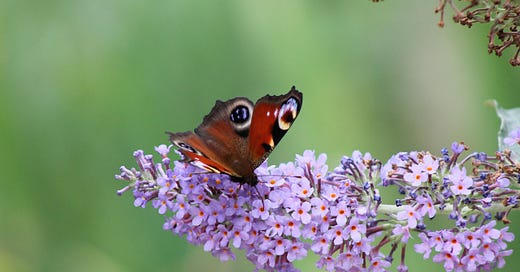



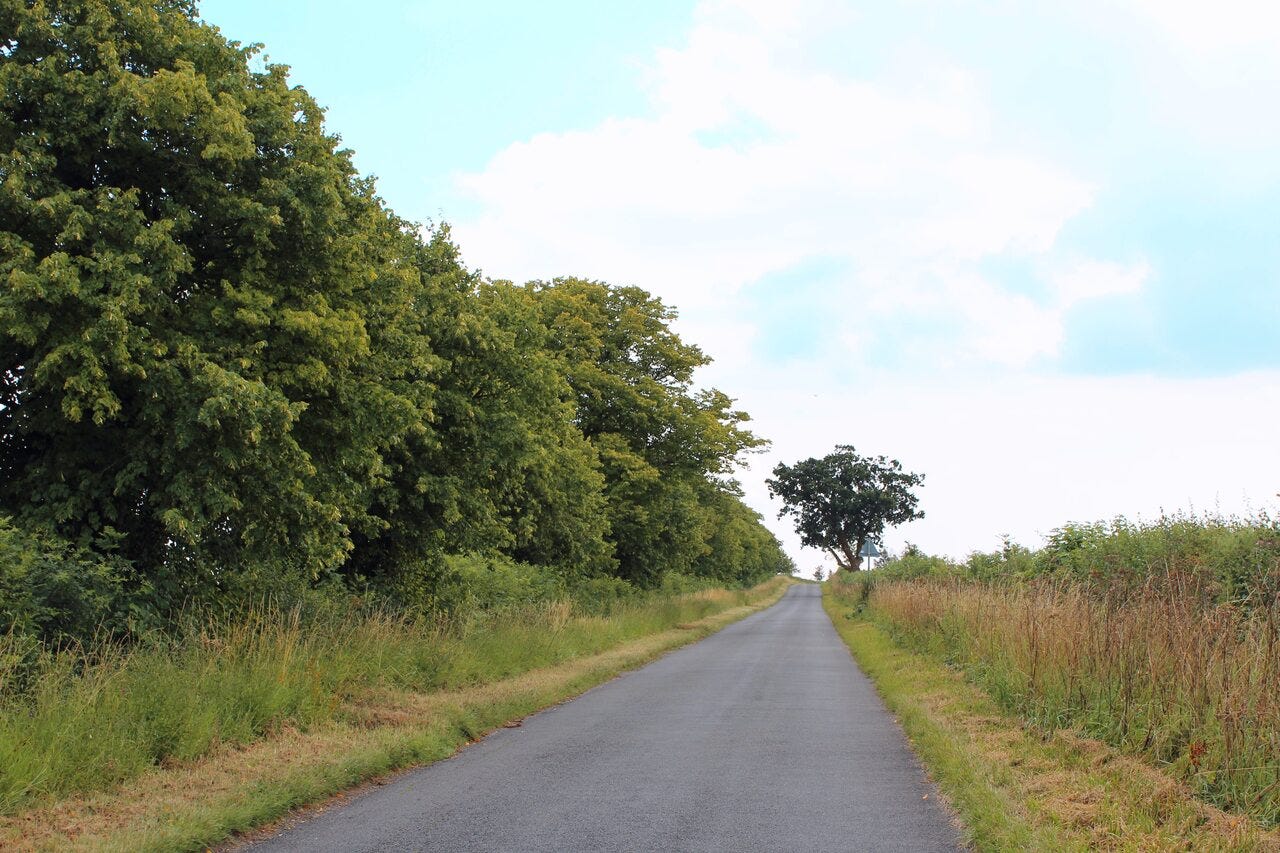

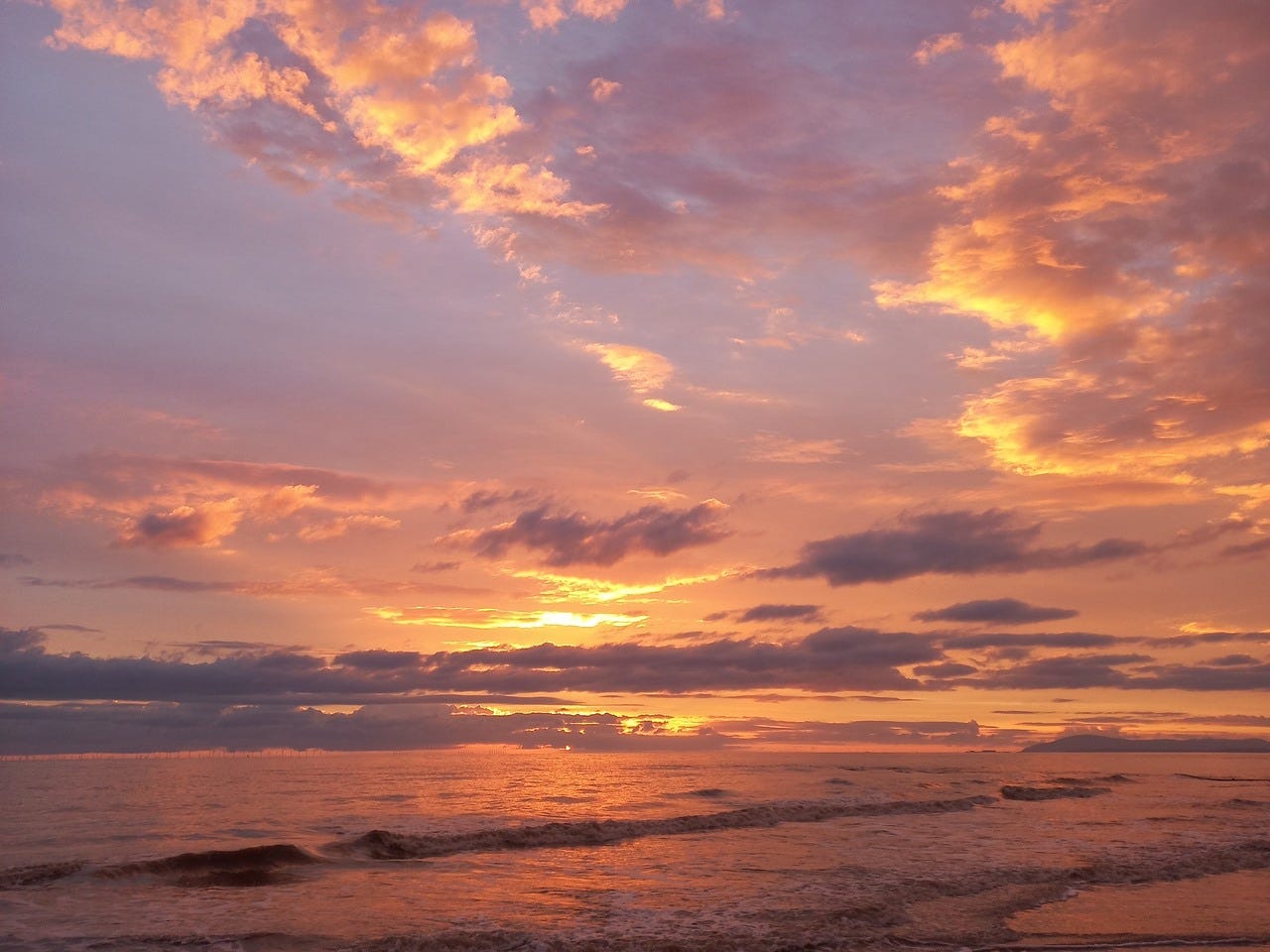
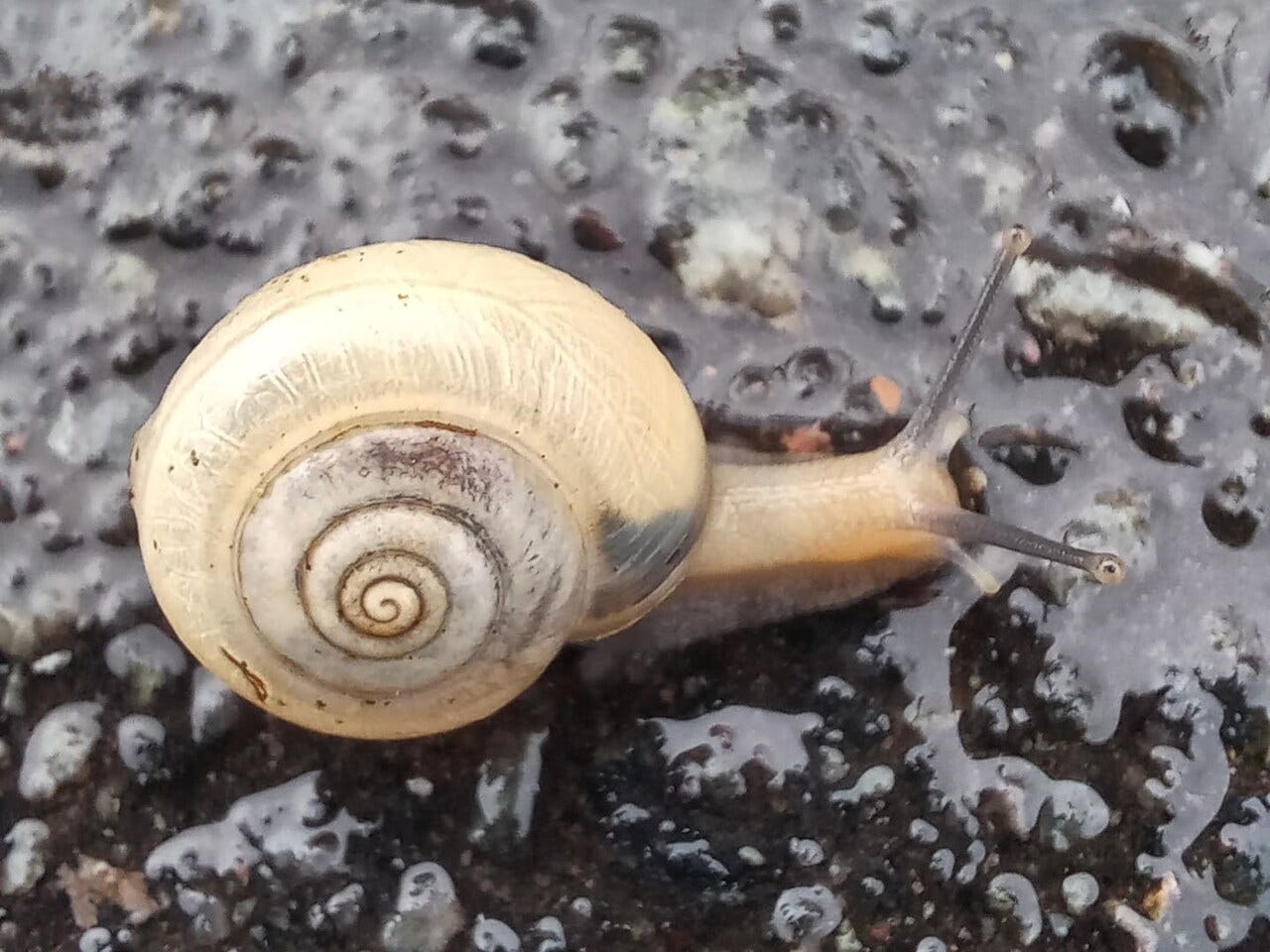
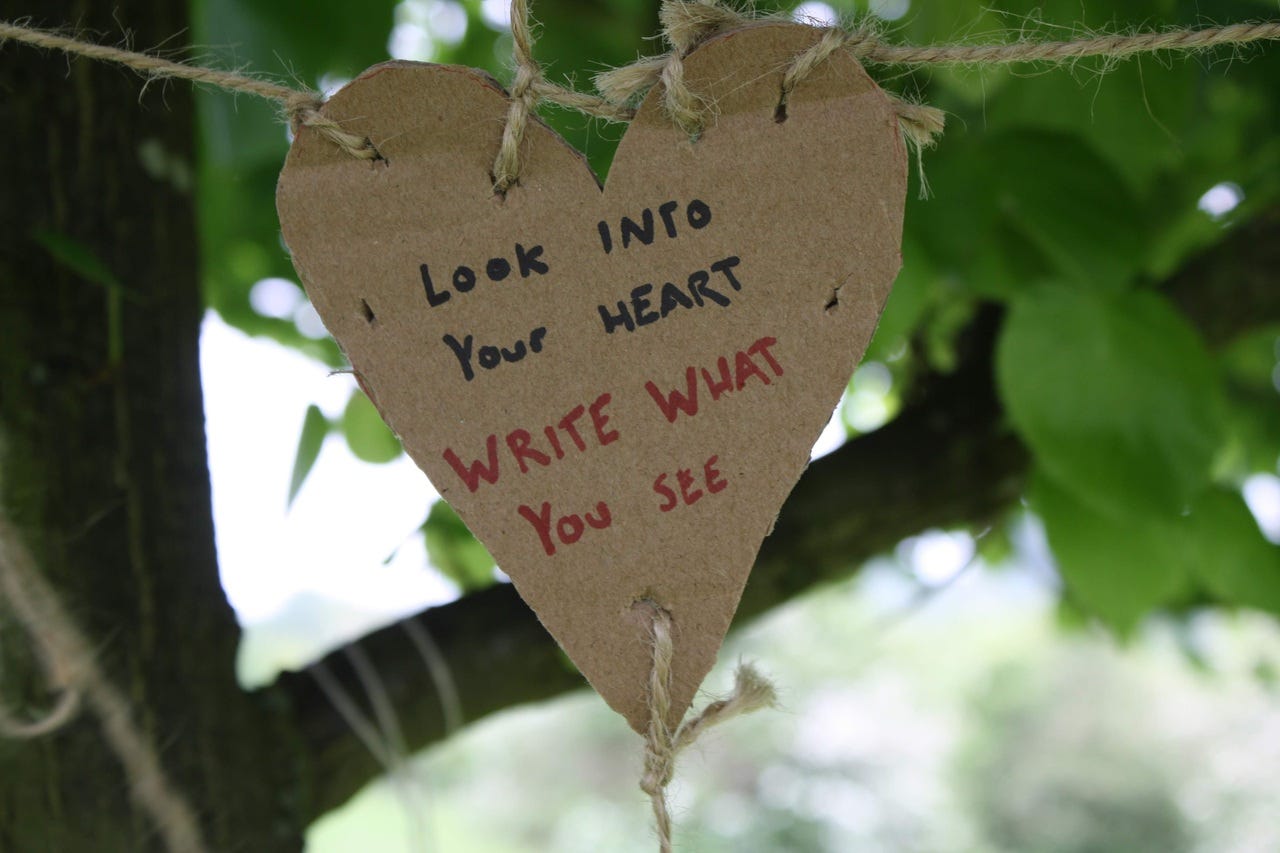
Beautiful stuff.
"A soft fascination" - I love this.
Here's to slowing down and gentle presence 💚
Love this. I’ve been studying the enneagram, heart and nature a lot lately. The heart and nature are the oldest of friends. We’re only beginning … heart coherence as an expression of human health while Earth’s coherence continues to cry unheard for attention.